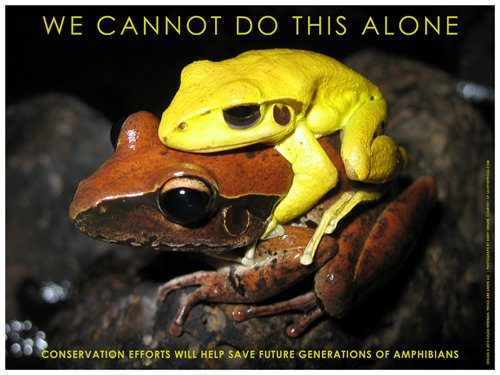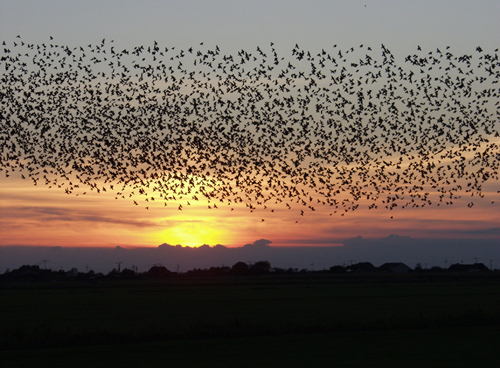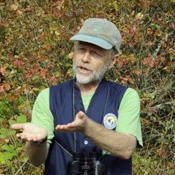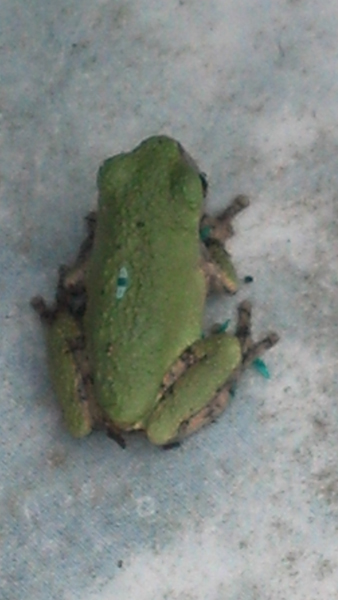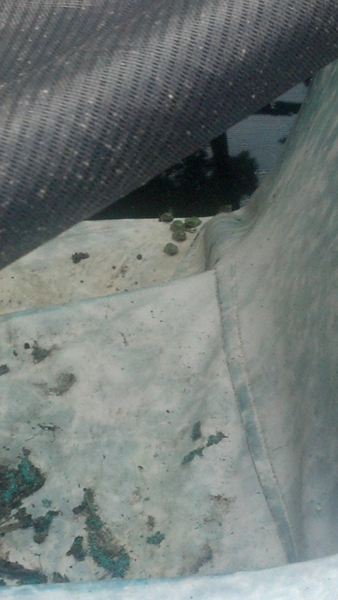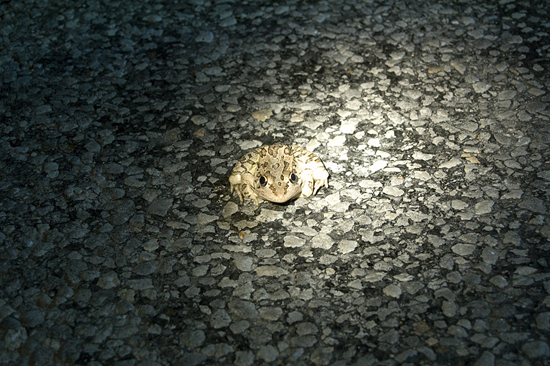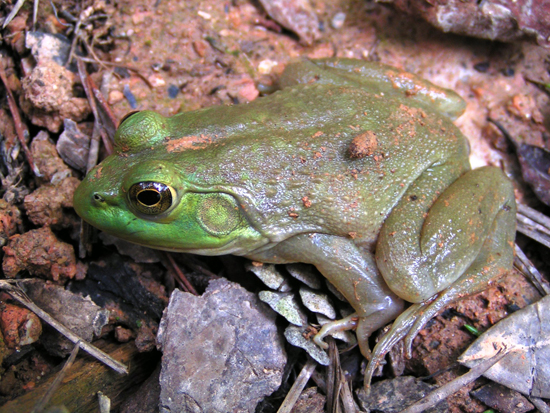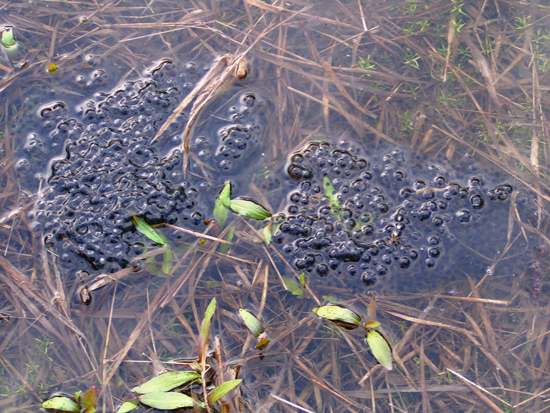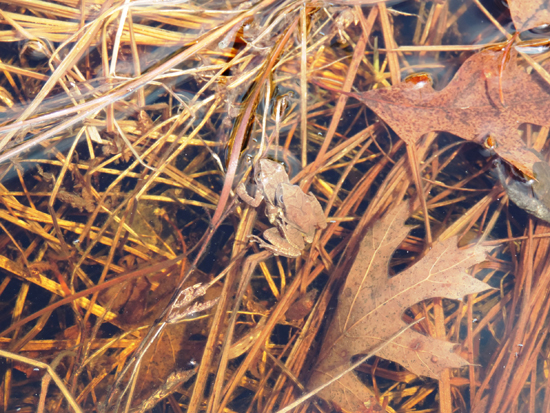Guest post by Ricky Peterson
One of the joys of having a garden in summer is being able to observe wildlife close up. Whether you’re a bird lover or a fan of butterflies, we can all enjoy watching our feathered, furry and many-legged friends in our own back yard. But how can we attract them to our garden?
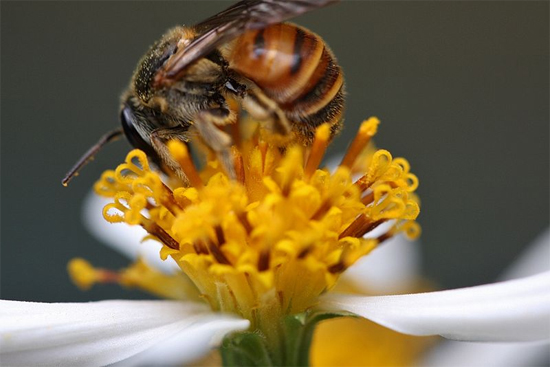
The key to making your garden attractive to wildlife is creating a comfortable habitat for them. Here are a few tips to do just that:
Home, tweet home
We all need somewhere to hang our hat, and animals and insects are no different. Set up a bird house in the spring, and you might just be rewarded with a family settling down for the summer. But birds aren’t the only ones who need somewhere to stay – bee houses are also available now, which is great news for our declining bee population.
Also, for an incredibly easy to set up and inexpensive shelter for a range of wildlife, simply lay some logs in a corner of your yard – and don’t bother tidying up fallen leaves. This will provide a home for lots of insects, which could help to eat pests as well as providing a tasty treat for birds. Also, mammals can use the leaf cover to hide food during the winter.
Food, glorious food
Speaking of tasty treats, you can help further on that front. There are lots of mixes of birdseed available, but if you’d like to try to attract a certain type of bird or other animal, try the following.
- Mealworms – house sparrow and shrews
- Peanuts – great spotted woodpecker and badgers
- Fat balls – blue tit and great tit
- Nyger seed – siskin and goldfinch
- Sunflower hearts – bullfinch
- Dog food – hedgehog
- Root vegetables – deer
Think carefully about how suitable your garden is for wildlife before you try to attract animals there – are your neighbours as keen as you? Will there be busy roads that could cause danger?
Scrub up well
Ponds and birdbaths are a lifeline for many animals. As well as the fish who might live in your pond, birds can drink the water and use it to bathe, and of course frogs and toads will love the environment.
Blooming lovely
If you want to help the bee and butterfly population to thrive, it’s vital to have both early- and late-flowering plants so that our winged compatriots have plenty to feed on throughout the season. Try some of the following:
- Spring: primrose, damson and blueberry
- Summer: chives, dahlia and hardy geranium
- Autumn: common ivy, sunflower and strawberry tree
- Winter: clematis, crocus and honeysuckle
Leave the lawn
Fed up of mowing the grass every week? You officially have a valid excuse for not bothering! As well as the wildflowers that may pop up, a long lawn is a great haven for lots of wildlife. Insects will love it in the summer, and it may come in useful over winter for hibernating mammals.
Of course, you don’t need to let nature take over completely
even just a small patch will make a difference
Toxic love
Chemicals are not the friend of wildlife – as well as killing off the pests, they can harm or even kill the predator. If you’ve used chemicals in your garden but want to cut back, have patience. If your garden is varied enough, the predators should keep the pests in check, but you need to allow time for the ladybirds to return before you go spraying those aphids (and killing off the ladybirds, too).
Live and let live
Most importantly, show the wildlife in your garden respect – even though you might not love the beetles, they have a part to play in its ecosystem. Remember, too, to treat the wildlife as wildlife, and try to limit human interaction with animals – becoming dependent on you could be dangerous for them.
Enjoy creating your own wildlife paradise!
About Ricky Peterson
Hi there! My name is Ricky, I write for Swallow Aquatics. I am a nature lover and I like to spend as much time as possible in my garden. I don’t grow as much veg as I would like, but I am lucky enough to have a wealth of birds and insects come visit!
You can visit Swallow Aquatics here. We specialise in pond supplies and accessories, which are ideal if you want to build a pond in your garden (another great way to attract more wildlife!).

